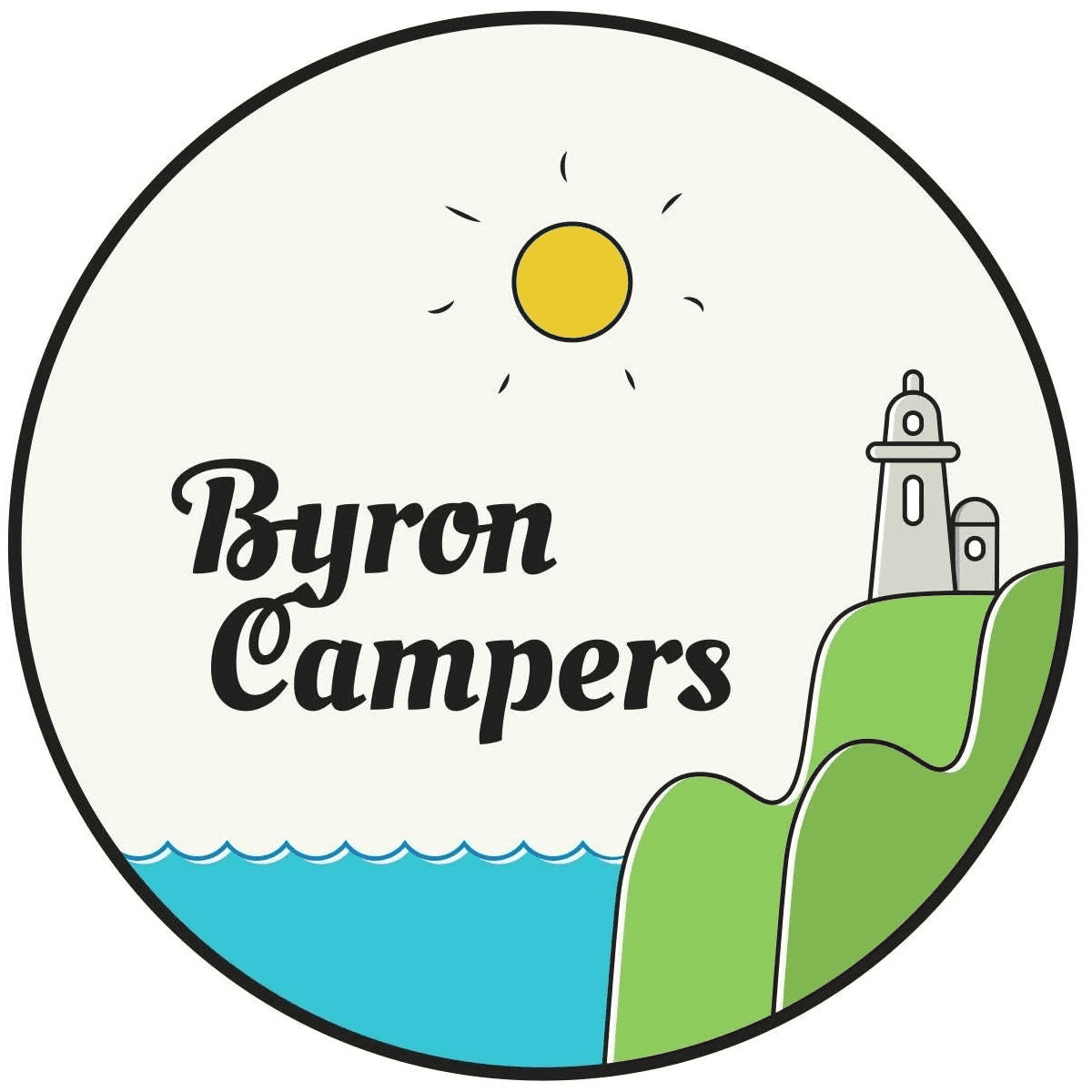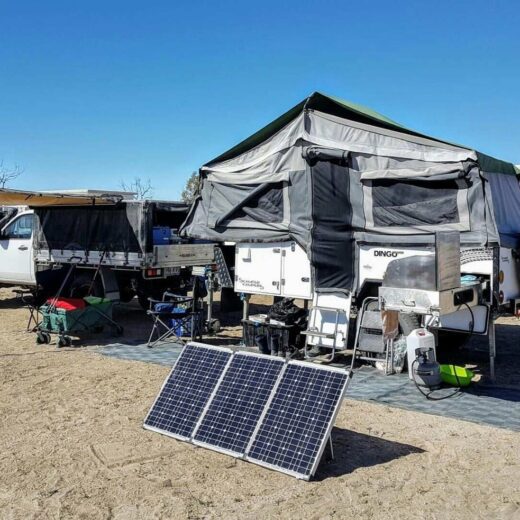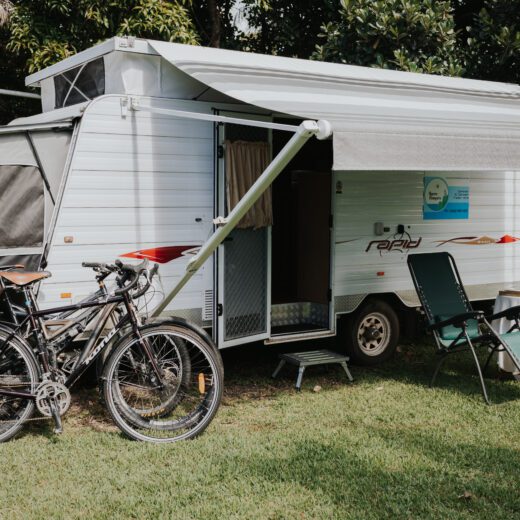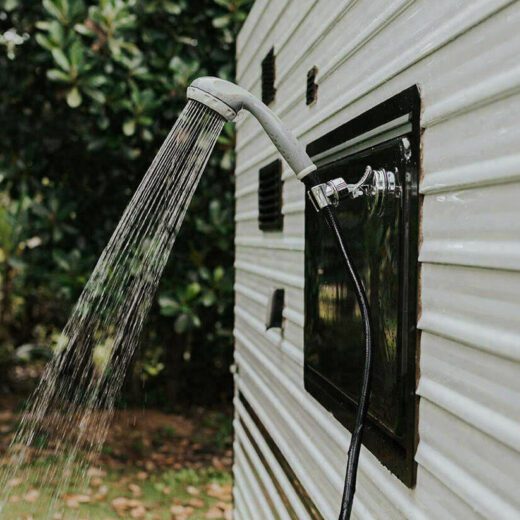10 Camping Tips and Tricks
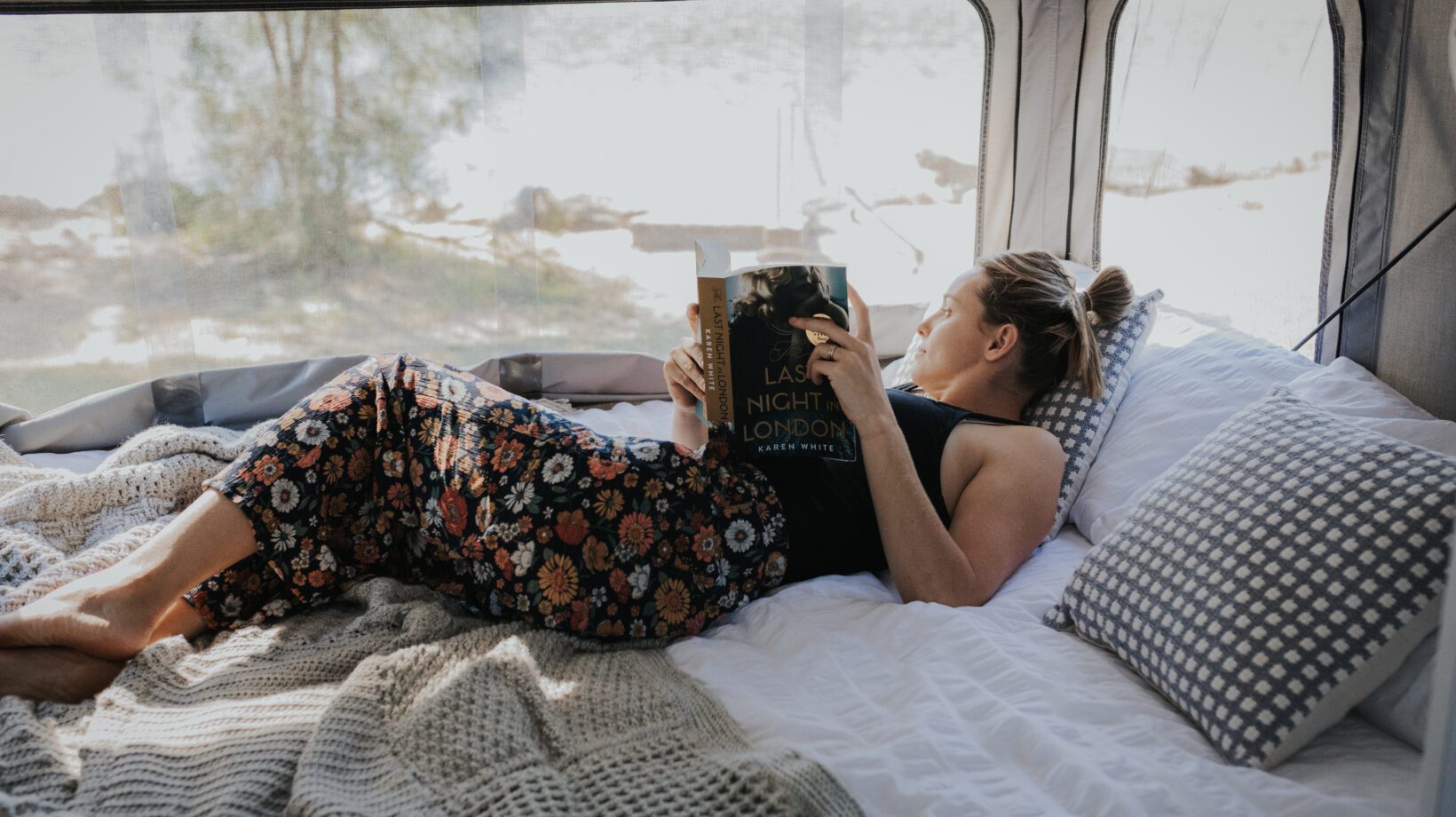
Share
We all learn from our mistakes, right? Well that’s the idea anyway. But we should also learn from others mistakes – it’s much less painful that way. If you are new to camping, then you will make mistakes – that’s a given. Hopefully you will learn from them and not repeat them. I have made plenty – and even repeated a few of them a second and third time. You could call me a slow learner! To help you avoid some of these mistakes, and generally make camping life a little easier, I have compiled a few tips for you. I can’t guarantee you won’t still make mistakes, but hopefully after reading this blog, you may avoid making some.
Tip number 1: Familiarise yourself with your gear
I know this sounds ridiculous, but be sure you know how to set up your tent or accommodation BEFORE you arrive at your campsite. So practice – be familiar with your tent and air mattress, sleeping bags, caravan or tent trailer. Be familiar with your lights whether they be gas or battery powered, and be familiar with your cooking gear.
Tip number 2: Arrive at your campsite well before dark
I can’t tell you how important this is. There is just nothing worse than setting up your camp in the dark. (Well, that’s not true. It could be raining too)! Whether you are tenting or caravanning – get to your destination early! Have it all ‘good to go’ and your food cooked or at least prepared before the sun sets.
Tip number 3: Stay warm!
This especially applies to night time. If you are intending on using sleeping bags, get the warmest bag you can afford. And if you can’t afford a warm bag – don’t camp! Be aware of the sleeping bag’s rating. If a sleeping bag is rated to 0 degrees, then don’t think for one second that if the temperature falls to 0 degrees that you are going to be comfortable – you won’t. You won’t freeze to death, but you won’t get much sleep either! As a rule of thumb, add at least 10 degrees to your sleeping bag’s rating in order to sleep comfortably. So if I was expecting that the night time temperature was likely to fall to 0 degrees, I would want a bag rated to at least -10 degrees. This of course means you need to know what temperatures are likely to be at night in the area you intend camping in. So some basic research before you select your sleeping gear is critical.
If you are caravanning or ‘glamping’, you still need to be equipped with appropriate blankets/dooners etc. Nothing makes a camping trip more miserable than being cold at night. During the day, it’s the same. Your clothing MUST be appropriate to the conditions – especially if you are going to be bushwalking or likely to be away from your camp for any extended period.
Tip number 4 – Have plenty of lighting
This is one that catches many people out. One camping light between a family of 4 or 5 simply isn’t enough. Dad’s trying to cook the chops, junior wants to go to the toilet, mum is trying to fix up the beds, and you’ve got only one light! (Someone isn’t going to be talking to someone else the next day)! At the very least, have one main camp light for cooking, and each camper should have their own headlight. Head lights are so convenient. (If you are not sure what I mean by a head light, have a look at any on-line camping supplier’s website. Type in ‘headlight’ and you will be provided with lots of examples of these lights. They range from under $10 to $100 or more). You should be able to pick up some decent lights for around $20 each.
Tip number 5 – Don’t pitch your tent or park your van under a tree!
Sometimes it is tempting to want to pitch your tent under a tree – the tree provides shade, protection from rain etc. Don’t do it – especially under eucalypts! The two reasons you should NEVER camp directly under a tree are as follows:
1. Trees drop branches! Some branches are small, some are big. Even a small branch dropping from just a few metres can potentially cause serious injury or damage. (Eucalypts are notorious for shedding branches – even very large limbs – not only in windy conditions but at any time). So stay away.
2. trees attract lightning strikes! Lightning loves finding the tallest object in an area and hitting it. And if you happen to be under that tree – well ……
Tip number 6: Orientate your tent or van towards the north – generally
This is not always possible – particularly in camping grounds – but whenever possible, have the main opening of your tent or van facing north. Most of our bad weather in Australia comes in from the south, south east or south west. So it makes sense to have the back of your tent or van orientated to the south. Of course, on the east coast of Australia there are occasions when you are going to be faced with a howling nor-easter. It might make good sense at these times to be orientated away from the north east if it looks like the weather pattern might stay or a while.
Tip number 8: Driving in pegs
Sounds simple doesn’t it? But of all camping necessities, this is possibly one that causes as many problems as any.
First thing – make sure you have a decent heavy weighted carpenter’s hammer or mallet. (The only exception to this is if you a bicycle touring and weight is a major concern. In this case, there are several really good quality plastic mallets that are quite effective as long as the ground isn’t too hard).
Second thing – make sure you have quality pegs. With pegs you pretty much get what you pay for. Cheap price usually means poor quality and there’s nothing worse than trying to hammer in a peg that is determined to turn into an ‘s’ bend before it even thinks about penetrating the ground! If the ground is ridiculously hard try wetting the area around your peg site. Let the water soak in and wet it again. Now try banging the peg in. It should be a lot easier. And the reverse is true, if at the end of your camp, the pegs just don’t want to ‘let go’, again pour some water around them, leave them for a few minutes and try pulling them out again. Use a spare peg to get in under the hook on the peg you are trying to extract. This can give you a better grip. The claw end of a carpenter’s hammer is also a great help in levering out stubborn pegs.
So, in summary – good hammer/mallet, quality pegs, water if necessary.
Tip number 9: Carry a Basic First Aid Kit
This is really important. Carry band aids, paracetamol, disinfectant, scissors, bandage, tweezers, insect repellent and a tick remover as a basic kit. If you are expecting to go on long bush walks, then a more complete first aid kit is advised that includes plastic ponchos and a space blanket in case of emergencies.
Tip number 10: Carry rope
Always useful to keep some rope handy. Whether it’s used as a makeshift clothesline, to tie down a tarp or bundle some fire wood together for portage, spare rope is always on my list of essential camping items.
At ByronCampers, we can provide you with any number of camping tips and ideas and if you are looking at hiring one of our vans, we always ensure you are familiar with every aspect of the van before you drive it away. We would much prefer to spend an extra half an hour or an hour with a customer at the time of pick up than have to drive to their campsite later on to sort out any problems. ByronCampers, based in Mullumbimby just minutes from Byron Bay and Brunswick Heads, has for hire 2 Avan aliners, a Jayco Eagle and Coromal Silhouette poptop campers, as well as a Customline camper trailer. We pride ourselves on our service and the quality of our vans.
For all of your caravan or camper hire in Byron Bay, Tweed Heads or the Gold Coast, give ByronCampers a call.
Have a question? We can help!
We have valuable caravan experience and know what it takes to create an easy, relaxing camping experience.
